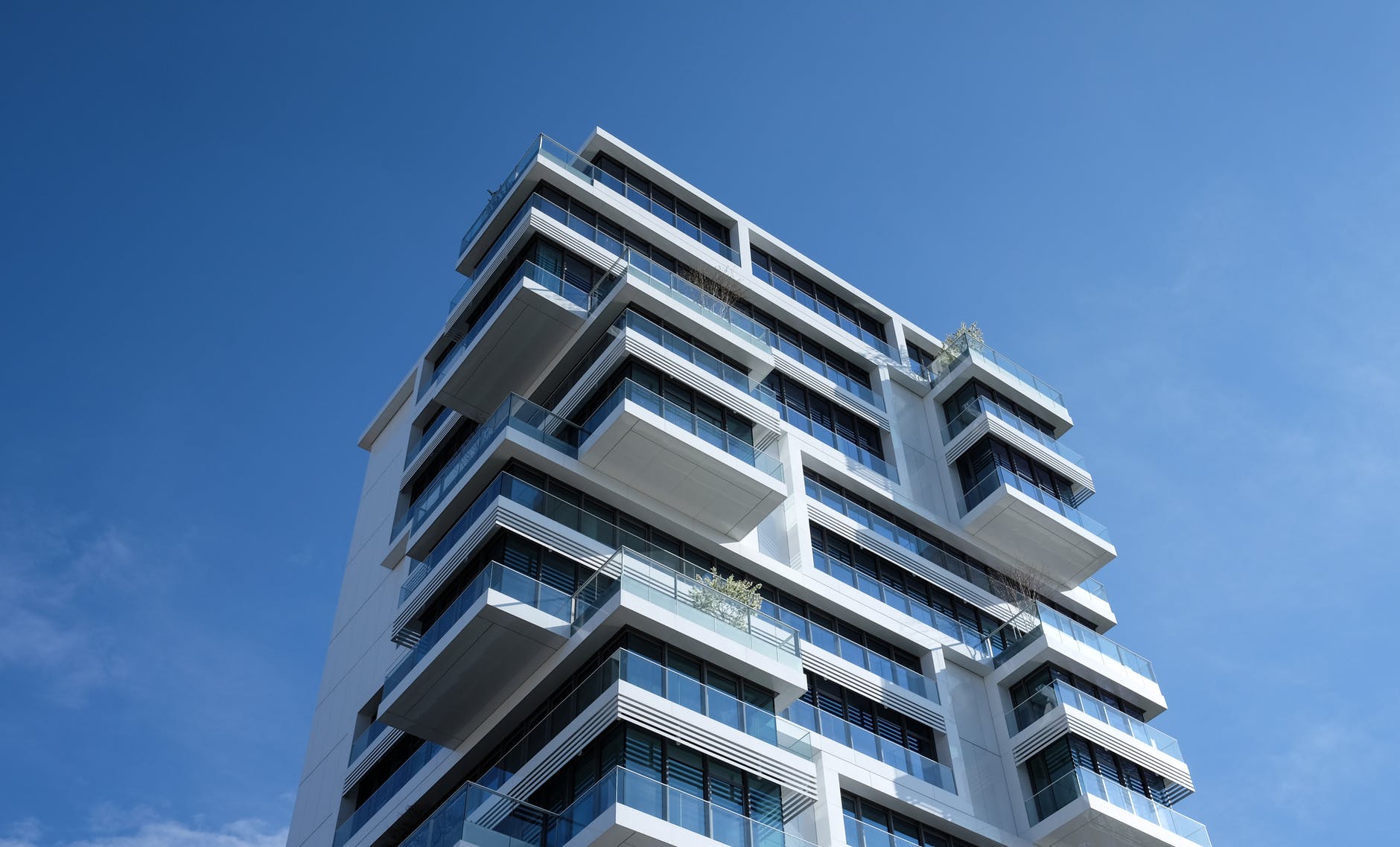National Association of Realtors: Why Industrial Spaces Lead Commercial Real Estate in Bouncing Back From COVID

NEW YORK – Commercial real estate took a hit during the COVID-19 pandemic, as did many industries. But the market is starting to bounce back this year, largely due to increased investments in industrial properties.
According to research by the National Association of Realtors (NAR), commercial real estate transactions of less than $2.5 million fell by 1% in the beginning of 2021 and the value of commercial real estate properties fell by 6% compared to 2020.
Still, there is hope for the future as certain types of commercial properties are driving sales and seeing positive growth from the year before.
Here’s a closer look at how industrial spaces are helping commercial real estate bounce back from COVID-19.
Spend on industrial properties and land increased
Sales for all types of commercial real estate decreased in 2021, with the exception of three categories: land (+3%), industrial warehouses (+2%), and industrial flex spaces (+1%).
That means, while businesses were shying away from commercial real estate lending for apartment buildings, offices, retail shops, and hotels, they were still spending money on industrial properties and land on which they could build their own structures.
Prices rose for industrial properties, land, and apartments
The number of commercial real estate transactions may have dropped, but sales prices increased by 2% on average. Specifically, prices for land increased by 6%, industrial flex spaces and warehouses by 5%, and certain types of apartment buildings by 5%. Meanwhile, sales prices declined for retail shops, offices, and hotels.
Industrial and residential construction projects grew
Commercial development projects are also on the rise for industrial and residential properties. Construction activity is up 1% from last year with a whopping 12% jump in construction for industrial warehouses, a 6% increase for industrial flex spaces, and a 6% growth for certain types of apartment buildings.
Vacant malls, for example, are being converted into new types of commercial spaces, such as mixed-use buildings for residential, retail, and office purposes, as well as industrial buildings for distribution and fulfillment processes.
Construction activity for retail spaces, offices, and hotels, on the other hand, dropped. Survey respondents noted certain obstacles to reaching their construction goals, including accessing materials, obtaining permits, and hiring workers.
Office real estate activity shrunk due to remote work
Office spaces, in particular, saw a decrease in real estate activity, largely due to an increase in remote work during the pandemic. Even though some people are heading back to the office, vacancy in these spaces continued to increase, reaching 16.4% from 13% in 2021. What’s more, 70% of survey respondents said their companies are moving into smaller offices.
Vacancy in industrial properties, however, declined to 4.9%.
2022 promises more growth
This year may continue to be rocky for the commercial real estate market, with industrial and land investments pulling their weight. Specifically, businesses predict a 5% increase in land sales, a 3% increase in industrial warehouse sales, and a 1% increase in sales of certain types of apartments.
By 2022, however, commercial real estate activity is expected to recover across all categories as more businesses reopen, travel resumes, and people return to the office. Still, sales for land and industrial properties are expected to lead this recovery process, proving their value as part of the commercial real estate market.
Source: National Association of Realtors







